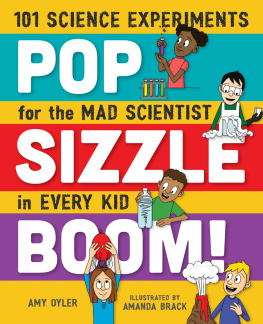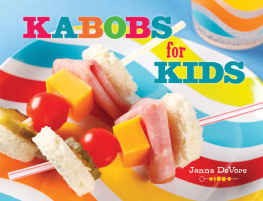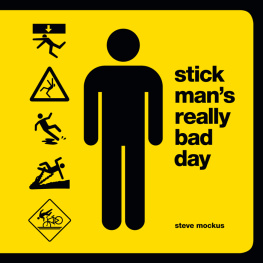Ruben Meerman - The Surfing Scientist. 40 Cool Science tricks
Here you can read online Ruben Meerman - The Surfing Scientist. 40 Cool Science tricks full text of the book (entire story) in english for free. Download pdf and epub, get meaning, cover and reviews about this ebook. year: 2007, publisher: HarperCollins Australia;HarperCollins Publishers, genre: Children. Description of the work, (preface) as well as reviews are available. Best literature library LitArk.com created for fans of good reading and offers a wide selection of genres:
Romance novel
Science fiction
Adventure
Detective
Science
History
Home and family
Prose
Art
Politics
Computer
Non-fiction
Religion
Business
Children
Humor
Choose a favorite category and find really read worthwhile books. Enjoy immersion in the world of imagination, feel the emotions of the characters or learn something new for yourself, make an fascinating discovery.

- Book:The Surfing Scientist. 40 Cool Science tricks
- Author:
- Publisher:HarperCollins Australia;HarperCollins Publishers
- Genre:
- Year:2007
- Rating:4 / 5
- Favourites:Add to favourites
- Your mark:
The Surfing Scientist. 40 Cool Science tricks: summary, description and annotation
We offer to read an annotation, description, summary or preface (depends on what the author of the book "The Surfing Scientist. 40 Cool Science tricks" wrote himself). If you haven't found the necessary information about the book — write in the comments, we will try to find it.
Want to learn how to stick a potato through a straw? How you can make ice stick to a piece of cotton thread? Stick two books together without glue? Pick up a jar of rice with a pencil? Impress your mates? Too easy - the Surfing Scientist can show you how! Using only household ingredients and with nothing tricky for kids to buy, this book is perfect for every budding scientist or surfer! And its packed with facts, knowledge and trivia that interests and fascinates kids, and with photographs of each experiment to make the whole process easy but most of all fun! Perfect for curious kids, amazing and great fun - every cool science trick in THE book! Dr Karl Kruszelnicki Ages 7-12.
Ruben Meerman: author's other books
Who wrote The Surfing Scientist. 40 Cool Science tricks? Find out the surname, the name of the author of the book and a list of all author's works by series.













